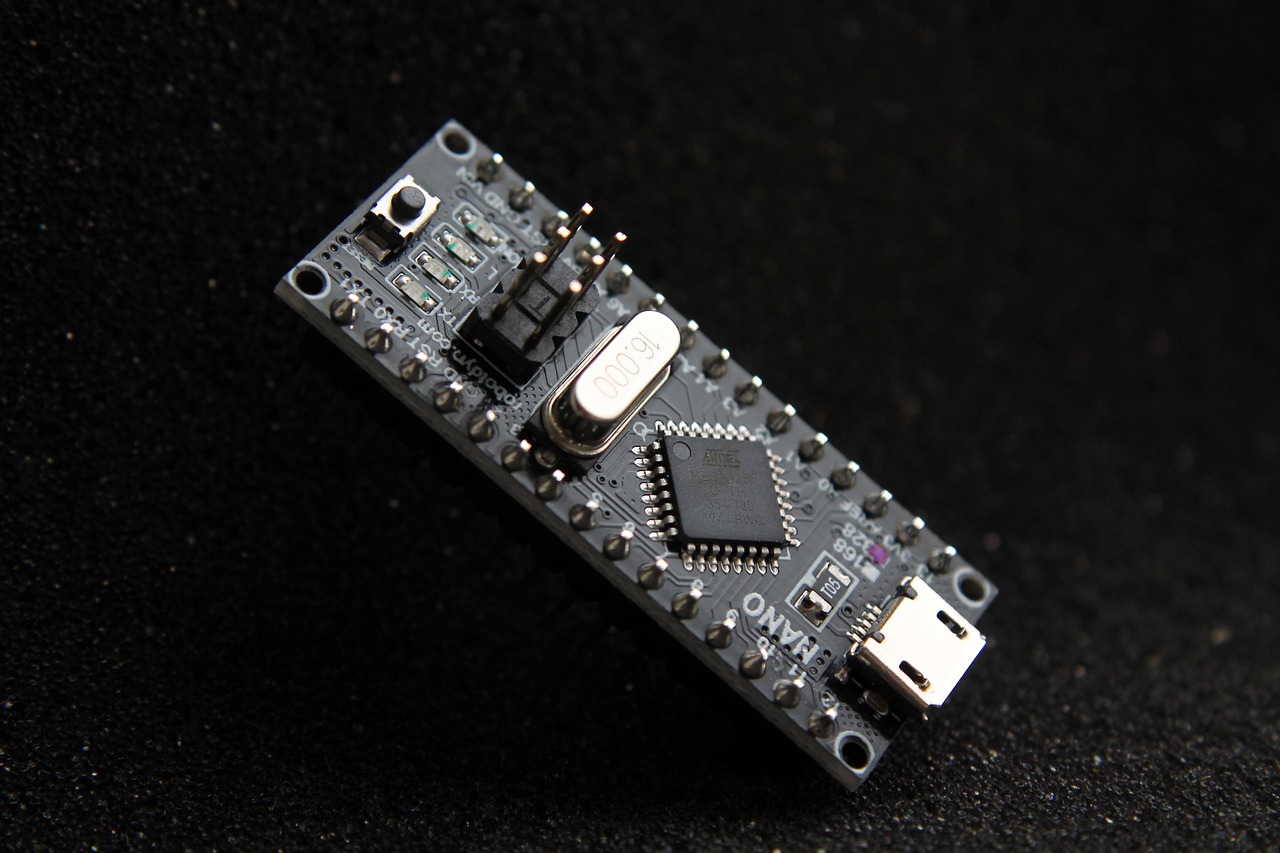This is a prefix that shows that the original value must be reduced by a billion times, i.e. divided by a unit with nine zeros – 1,000,000,000. For example, 1 nanometer is one billionth of a meter (1 nm = 10-9 m). To imagine how small 1 nm is, let us perform the following mental experiment (Fig. 1). If we decrease the diameter of our planet (12,750 km = 12.75 × 106 m ≈ 107 m) 100 million (108) times, we obtain approximately 10-1 m. This size is approximately equal to the diameter of a soccer ball (the standard diameter of a soccer ball is 22 cm, but on our scale this difference is insignificant; for us 2.2 × 10-1 m ≈ 10-1 m). Now reduce the diameter of the soccer ball in the same 100 million (108) times, and only now we get the size of the nanoparticle, equal to 1 nm (approximately the diameter of the carbon molecule fullerene C60, by its shape similar to a soccer ball.
It is noteworthy that the prefix “nano” has been used in scientific literature for quite a long time, but to designate far from nano-objects. In particular, for objects that are billions of times larger than 1 nm – in the terminology of dinosaurs. Nanotyrranosaurs (nanotyrranus) and nanosaurs (nanosaurus) are dwarf dinosaurs whose sizes are 5 and 1.3 m, respectively. But they are really “dwarfs” compared to other dinosaurs, which are larger than 10 m (up to 50 m) and can weigh 30-40 tons or more. This example emphasizes that the prefix “nano” itself does not carry any physical meaning, but only indicates the scale.
But now this prefix is used to denote a new era in the development of technology, sometimes called the fourth industrial revolution – the era of nanotechnology.
It is very often believed that the beginning of the nanotechnology era was started in 1959 by Richard Feynman in his lecture “There’s Plenty of Room at the Bottom”. The basic tenet of this lecture was that in terms of the fundamental laws of physics, the author saw no obstacles to working at the molecular and atomic levels, manipulating individual atoms or molecules. Feynman said that with certain devices it is possible to make even smaller devices, which in turn can make even smaller devices, and so on up to the atomic level, i.e. with the appropriate technology it is possible to manipulate individual atoms.
As it turns out now, in the Middle Ages metal nanodust was often added to glass to make stained glass. The variations in the color of the glass depend on the differences in the particles added – the nature of the metal used and the size of its particles. It has recently been found that these glasses also have bactericidal properties, i.e. they not only give a beautiful play of light in the room, but also disinfect the environment.
If we consider the history of the development of science in historical terms, we can distinguish, on the one hand, a general vector – the penetration of natural sciences “deep into” the matter. The movement along this vector is determined by the development of the means of observation. At first, people studied the ordinary world, for the observation of which they did not need any special instruments. With observations at this level, the foundations of biology were laid (classification of the living world, C. Linnaeus, etc.), the theory of evolution was created (C. Darwin, 1859). When the telescope appeared, people were able to make astronomical observations (H. Galileo, 1609). The result was the law of universal gravitation and classical mechanics (J. Newton, 1642-1727). When Levenguc’s microscope appeared (1674), people penetrated into the microcosm (dimensional range of 1 mm – 0.1 mm). At first it was only the contemplation of small, invisible to the eye organisms. Only at the end of the XIX century L. Pasteur was the first to clarify the nature and functions of microorganisms. Around the same time (late nineteenth and early twentieth centuries) a revolution in physics was taking place. Scientists began to penetrate inside the atom, to study its structure. Again, this was due to the emergence of new methods and tools, as which the smallest particles of matter began to be used. In 1909, using alpha particles (helium nuclei, having the size of the order of 10-13 m) Rutherford managed to “see” the nucleus of the gold atom. The Bohr-Rutherford planetary model of the atom created on the basis of these experiments provides a visual image of the enormity of the “free” space in the atom, quite comparable with the cosmic emptiness of the Solar System. It is voids of such orders of magnitude that Feynman had in mind in his lecture. Using the same α-particles in 1919, Rutherford carried out the first nuclear reaction to turn nitrogen into oxygen. Thus physicists entered pico- and femtodimensional intervals, and the understanding of the structure of matter at atomic and subatomic levels led in the first half of the last century to the creation of quantum mechanics.




